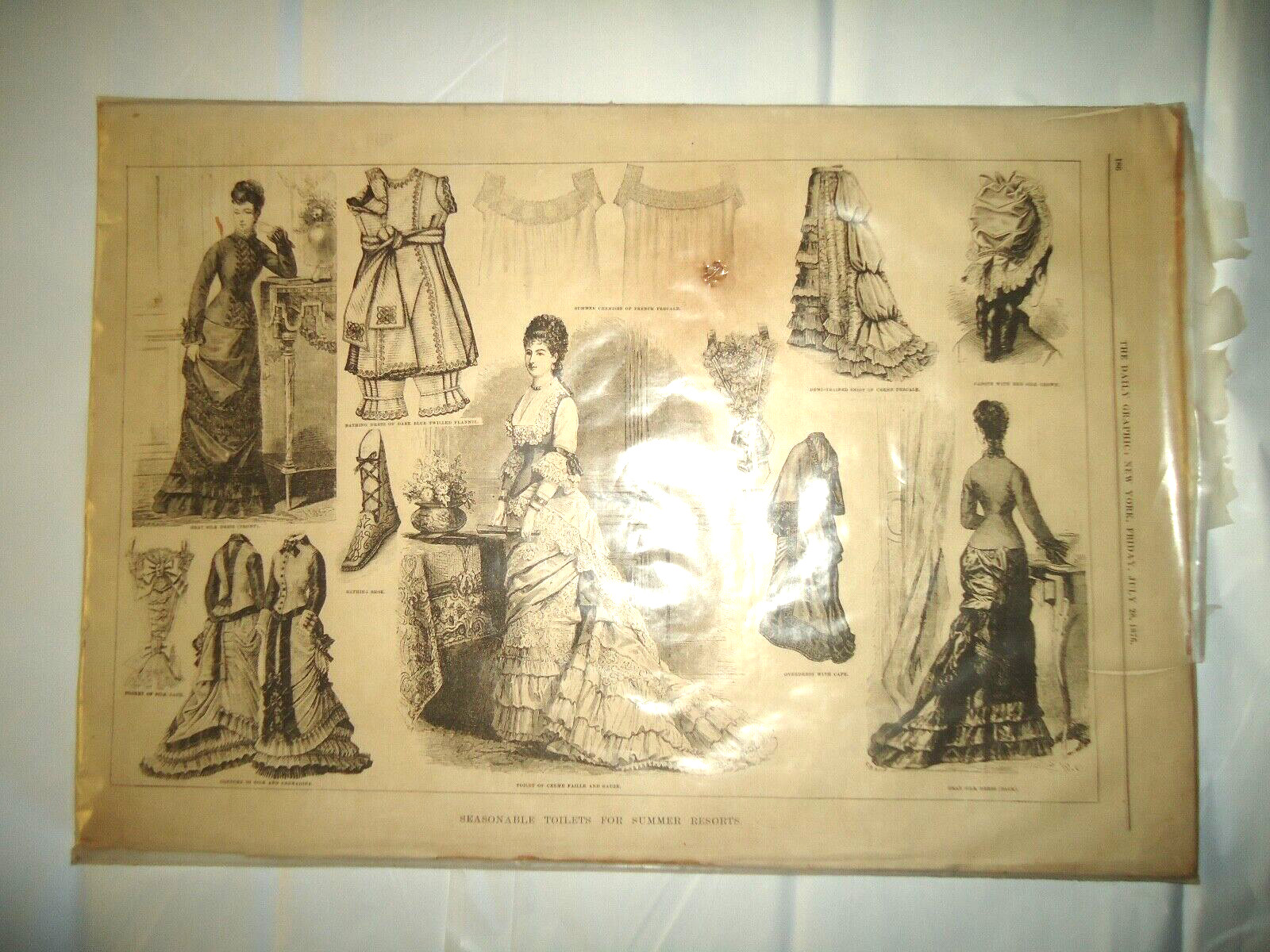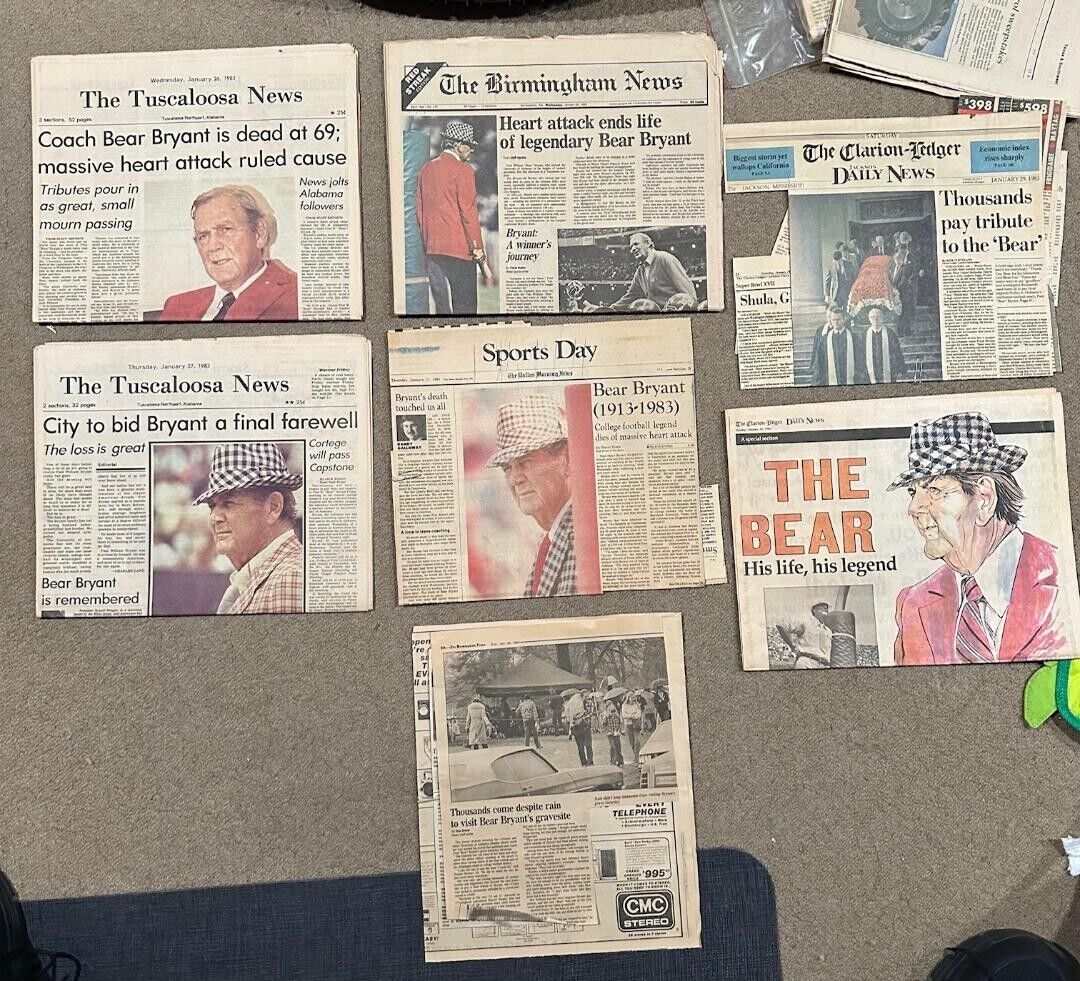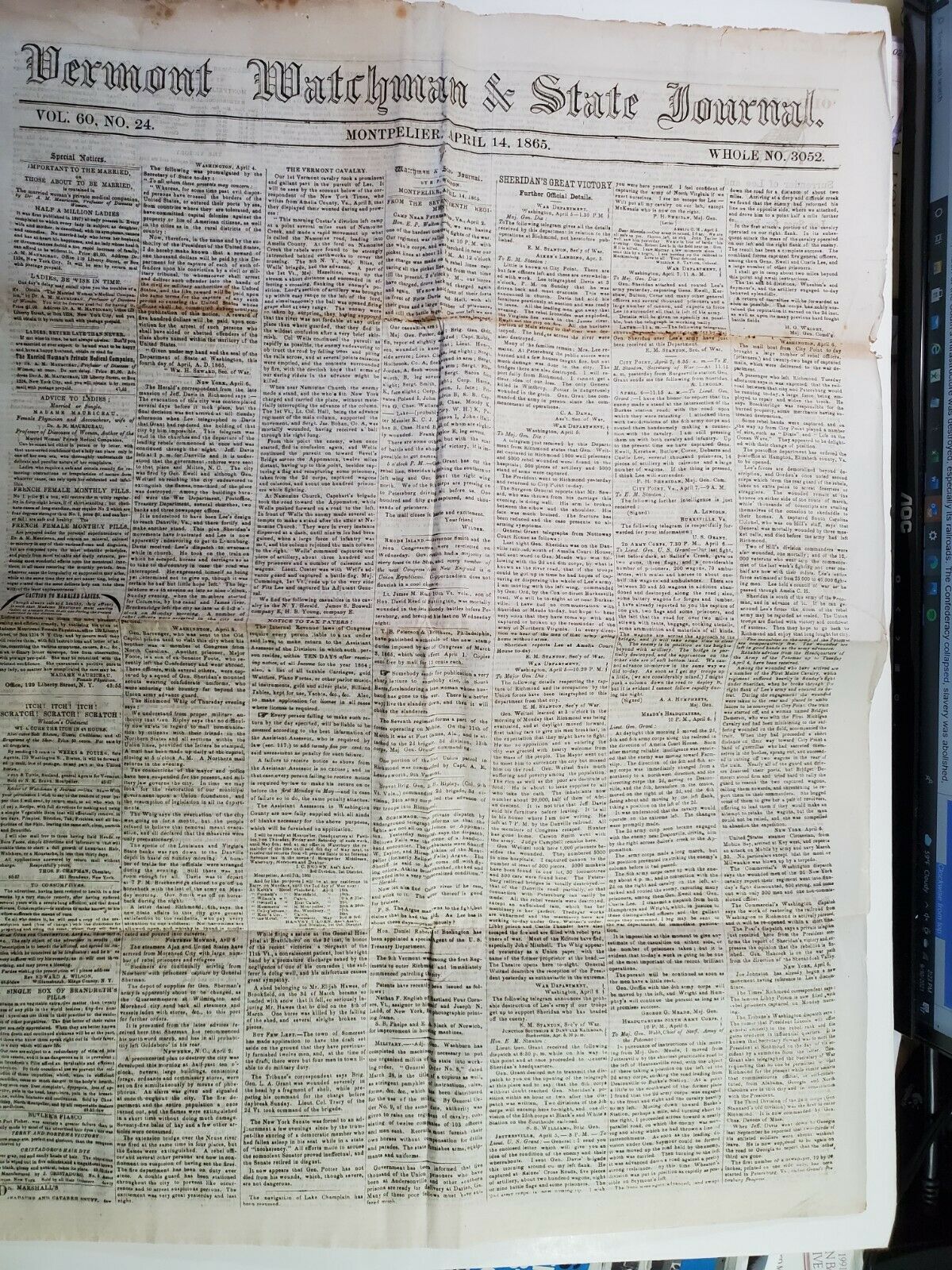-40%
Best 1801 newspaper TH JEFFERSON ELECTED PRESIDENT John Marshall SUPREME COURT
$ 237.6
- Description
- Size Guide
Description
Best 1801 newspaper TH JEFFERSON ELECTED PRESIDENT John Marshall SUPREME COURTBest 1801 newspaper THOMAS JEFFERSON ELECTED US PRESIDENT & John Marshall is named CHIEF JUSTICE of the US SUPREME COURT
- inv # home
Please visit our
EBAY STORE
for THOUSANDS MORE HISTORICAL NEWSPAPERS for SALE or at auction
SEE PHOTO(s) - COMPLETE ORIGINAL NEWSPAPER, the
Columbian Centinel
(Boston, MA) dated Feb 18, 1801. This original newspaper contains an inside page
"first report" of the ELECTION of THOMAS JEFFERSON as PRESIDENT of the UNITED STATES.
This issue also contains the news that
JOHN MARSHALL has been named (and accepted) the position as CHIEF JUSTICE of the UNITED STATES SUPREME COURT
.
The 1800 United States presidential election was the fourth quadrennial presidential election. It was held from October 31 to December 3, 1800. In what is sometimes referred to as the "Revolution of 1800", Vice President Thomas Jefferson of the Democratic-Republican Party defeated incumbent President John Adams of the Federalist Party. The election was a political realignment that ushered in a generation of Democratic-Republican leadership.
Adams had narrowly defeated Jefferson in the 1796 election. Under the rules of the electoral system that were in place prior to the 1804 ratification of the 12th Amendment, each member of the Electoral College cast two votes, with no distinction made between electoral votes for president and electoral votes for vice president. As Jefferson received the second-most votes in 1796, he was elected vice president. In 1800, unlike in 1796, both parties formally nominated tickets. The Democratic-Republicans nominated a ticket consisting of Jefferson and Aaron Burr, while the Federalists nominated a ticket consisting of Adams and Charles C. Pinckney. Each party formed a plan in which one of their respective electors would vote for a third candidate or abstain so that their preferred presidential candidate (Adams for the Federalists and Jefferson for the Democratic-Republicans) would win one more vote than the party's other nominee.[citation needed]
The chief political issues revolved around the fallout from the French Revolution and the Quasi-War. The Federalists favored a strong central government and close relations with Great Britain. The Democratic-Republicans favored decentralization to the state governments, and the party attacked the taxes imposed by the Federalists. The Democratic-Republicans also denounced the Alien and Sedition Acts, which the Federalists had passed to make it harder for immigrants to become citizens and to restrict statements critical of the federal government. While the Democratic-Republicans were well organized at the state and local levels, the Federalists were disorganized and suffered a bitter split between their two major leaders, President Adams and Alexander Hamilton. According to historian John Ferling, the jockeying for electoral votes, regional divisions, and the propaganda smear campaigns created by both parties made the election recognizably modern.
At the end of a long and bitter campaign, Jefferson and Burr each won 73 electoral votes, Adams won 65 electoral votes, and Pinckney won 64 electoral votes. The Federalists swept New England, the Democratic-Republicans dominated the South, and the parties split the Mid-Atlantic states of New York, New Jersey, and Pennsylvania.
The Democratic-Republicans' failure to execute their plan to award Jefferson one more vote than Burr resulted in a tie, which necessitated a contingent election in the House of Representatives. Under the terms laid out in the Constitution, the outgoing House of Representatives chose between Jefferson and Burr. Burr was accused of campaigning for the presidency himself in the contingent election despite being a member of Jefferson's party. Each state delegation cast one vote, and a victory in the contingent election required one candidate to win a majority of the state delegations. Neither Burr nor Jefferson was able to win on the first 35 ballots of the contingent election, as most Federalist Congressmen backed Burr and all Democratic-Republican Congressmen backed Jefferson. Hamilton favored Jefferson over Burr, and he convinced several Federalists to switch their support to Jefferson, giving Jefferson a victory on the 36th ballot of the contingent election.
John Marshall (September 24, 1755 – July 6, 1835) was an American politician and lawyer who served as the fourth Chief Justice of the United States from 1801 to 1835. Marshall remains the longest-serving chief justice and fourth-longest serving justice in Supreme Court history, and he is widely regarded as one of the most influential justices to ever sit on the Supreme Court. Prior to joining the Supreme Court (and for one month simultaneous to his tenure as Chief Justice), Marshall served as the United States Secretary of State under President John Adams.
Marshall was born in Germantown in the Colony of Virginia in 1755. After the outbreak of the American Revolutionary War, he joined the Continental Army, serving in numerous battles. During the later stages of the war, he was admitted to the state bar and won election to the Virginia House of Delegates. Marshall favored the ratification of the United States Constitution, and he played a major role in Virginia's ratification of that document. At the request of President Adams, Marshall traveled to France in 1797 to help bring an end to attacks on American shipping. In what became known as the XYZ Affair, the government of France refused to open negotiations unless the United States agreed to pay bribes. After returning to the United States, Marshall won election to the United States House of Representatives and emerged as a leader of the Federalist Party in Congress. He was appointed secretary of state in 1800 after a cabinet shake-up, becoming an important figure in the Adams administration.
In 1801, Adams appointed Marshall to the Supreme Court. Marshall quickly emerged as the key figure on the court, due in large part to his personal influence with the other justices. Under his leadership, the court moved away from seriatim opinions, instead issuing a single majority opinion that elucidated a clear rule. The 1803 case of Marbury v. Madison presented the first major case heard by the Marshall Court. In his opinion for the court, Marshall upheld the principle of judicial review, whereby courts could strike down federal and state laws if they conflicted with the Constitution. Marshall's holding avoided direct conflict with the executive branch, which was led by Democratic-Republican President Thomas Jefferson. By establishing the principle of judicial review while avoiding an inter-branch confrontation, Marshall helped implement the principle of separation of powers and cement the position of the American judiciary as an independent and co-equal branch of government.
After 1803, many of the major decisions issued by the Marshall Court confirmed the supremacy of the federal government and the federal Constitution over the states. In Fletcher v. Peck and Dartmouth College v. Woodward, the court invalidated state actions because they violated the Contract Clause. The court's decision in McCulloch v. Maryland upheld the constitutionality of the Second Bank of the United States and established the principle that the states could not tax federal institutions. The cases of Martin v. Hunter's Lessee and Cohens v. Virginia established that the Supreme Court could hear appeals from state courts in both civil and criminal matters. Marshall's opinion in Gibbons v. Ogden established that the Commerce Clause bars states from restricting navigation. In the case of Worcester v. Georgia, Marshall held that the Georgia criminal statute that prohibited non-Native Americans from being present on Native American lands without a license from the state was unconstitutional. Marshall died in 1835, and Jackson appointed Roger Taney as his successor.
Very good condition. This listing includes the complete entire original newspaper, NOT just a clipping or a page of it. STEPHEN A. GOLDMAN HISTORICAL NEWSPAPERS stands behind all of the items that we sell with a no questions asked, money back guarantee. Every item we sell is an original newspaper printed on the date indicated at the beginning of its description. U.S. buyers pay priority mail postage which includes waterproof plastic and a heavy cardboard flat to protect the purchased item from damage in the mail. Upon request by the buyer, we can ship by USPS Media Mail to reduce postage cost; however, please be aware that USPS Media Mail can be very slow in its time of transit to the buyer. International postage is quoted when we are informed as to where the package is to be sent. We do combine postage (to reduce postage costs) for multiple purchases sent in the same package.
We list thousands of rare newspapers with dates from 1570 through 2004 on Ebay each week. This is truly SIX CENTURIES OF HISTORY that YOU CAN OWN!
Stephen A. Goldman Historical Newspapers has been in the business of buying and selling historical newspapers for over 50 years. Dr. Goldman is a consultant to the Freedom Forum Newseum and a member of the American Antiquarian Society. You can buy with confidence from us, knowing that we stand behind all of our historical items with a 100% money back guarantee. Let our 50+ years of experience work for YOU ! We have hundreds of thousands of historical newspapers (and their very early precursors) for sale.
Stephen A. Goldman Historical Newspapers
has been in the business of buying and selling historical newspapers for over 50 years. We are located in the charming Maryland Eastern Shore town of OXFORD, Maryland.
Dr. Goldman is a consultant to the Freedom Forum Newseum and a member of the American Antiquarian Society. You can buy with confidence from us, knowing that we stand behind all of our historical items with a 100% money back guarantee. Let our 50+ years of experience work for YOU ! We have hundreds of thousands of historical newspapers (and their very early precursors) for sale.
We invite customer requests for historical newspapers that are not yet located in our extensive Ebay listing of items. With an inventory of nearly a million historical newspapers (and their early precursors) we are likely have just the one
YOU
are searching for.
WE ARE ALSO ACTIVE BUYERS OF HISTORICAL NEWSPAPERS, including large and small personal collections, bound volumes, significant individual issues, or deaccessions from libraries and historical societies. IF YOU WANT TO SELL, WE WANT TO BUY !!!
Powered by SixBit's eCommerce Solution













